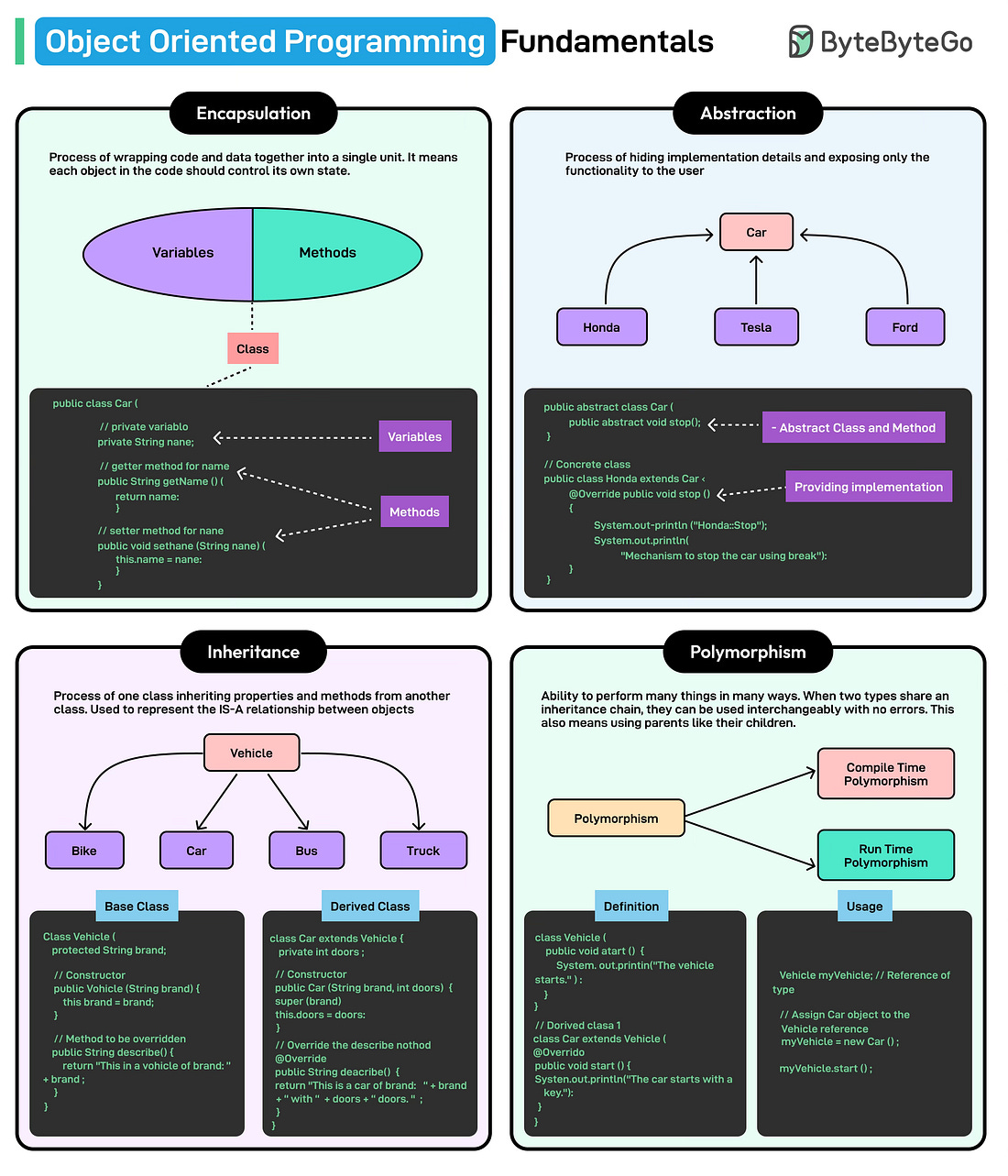- Mailing Lists
- in
- The Art of REST API Design: Idempotency, Pagination, and Security
Archives
- By thread 5232
-
By date
- June 2021 10
- July 2021 6
- August 2021 20
- September 2021 21
- October 2021 48
- November 2021 40
- December 2021 23
- January 2022 46
- February 2022 80
- March 2022 109
- April 2022 100
- May 2022 97
- June 2022 105
- July 2022 82
- August 2022 95
- September 2022 103
- October 2022 117
- November 2022 115
- December 2022 102
- January 2023 88
- February 2023 90
- March 2023 116
- April 2023 97
- May 2023 159
- June 2023 145
- July 2023 120
- August 2023 90
- September 2023 102
- October 2023 106
- November 2023 100
- December 2023 74
- January 2024 75
- February 2024 75
- March 2024 78
- April 2024 74
- May 2024 108
- June 2024 98
- July 2024 116
- August 2024 134
- September 2024 130
- October 2024 141
- November 2024 171
- December 2024 115
- January 2025 216
- February 2025 140
- March 2025 220
- April 2025 233
- May 2025 239
- June 2025 303
- July 2025 44
The Art of REST API Design: Idempotency, Pagination, and Security
The Art of REST API Design: Idempotency, Pagination, and Security
Latest articlesIf you’re not a subscriber, here’s what you missed this month.
To receive all the full articles and support ByteByteGo, consider subscribing: APIs are the front doors to most systems. They expose functionality, enable integrations, and define how teams, services, and users interact. But while it’s easy to get an API working, it’s much harder to design one that survives change, handles failure gracefully, and remains a joy to work with six months later. Poorly designed APIs don’t just annoy consumers. They slow teams down, leak data, cause outages, and break integrations. One inconsistent response structure can turn into dozens of custom client parsers. One missing idempotency check can result in duplicate charges. One weak authorization path can cause a security breach. Well-designed APIs, on the other hand, create leverage and help the team do more. Some defining features are as follows:
Most of the pain in API systems doesn’t come from the initial development. It comes from evolving them: adding new fields without breaking old clients, handling retries without state duplication, and syncing data between systems without losing events. A good API design is defensive and anticipates growth, chances of misuse, and failures. It understands that integration points are long-lived and every decision has an impact down the line. In this article, we explore the core principles and techniques of good API Design that make APIs dependable, usable, and secure. While our focus will primarily be on REST APIs, we will also explore some concepts related to gRPC APIs to have a slightly more holistic view. Principles of Good API Design... Continue reading this post for free in the Substack app© 2025 ByteByteGo |
by "ByteByteGo" <bytebytego@substack.com> - 11:35 - 3 Apr 2025

